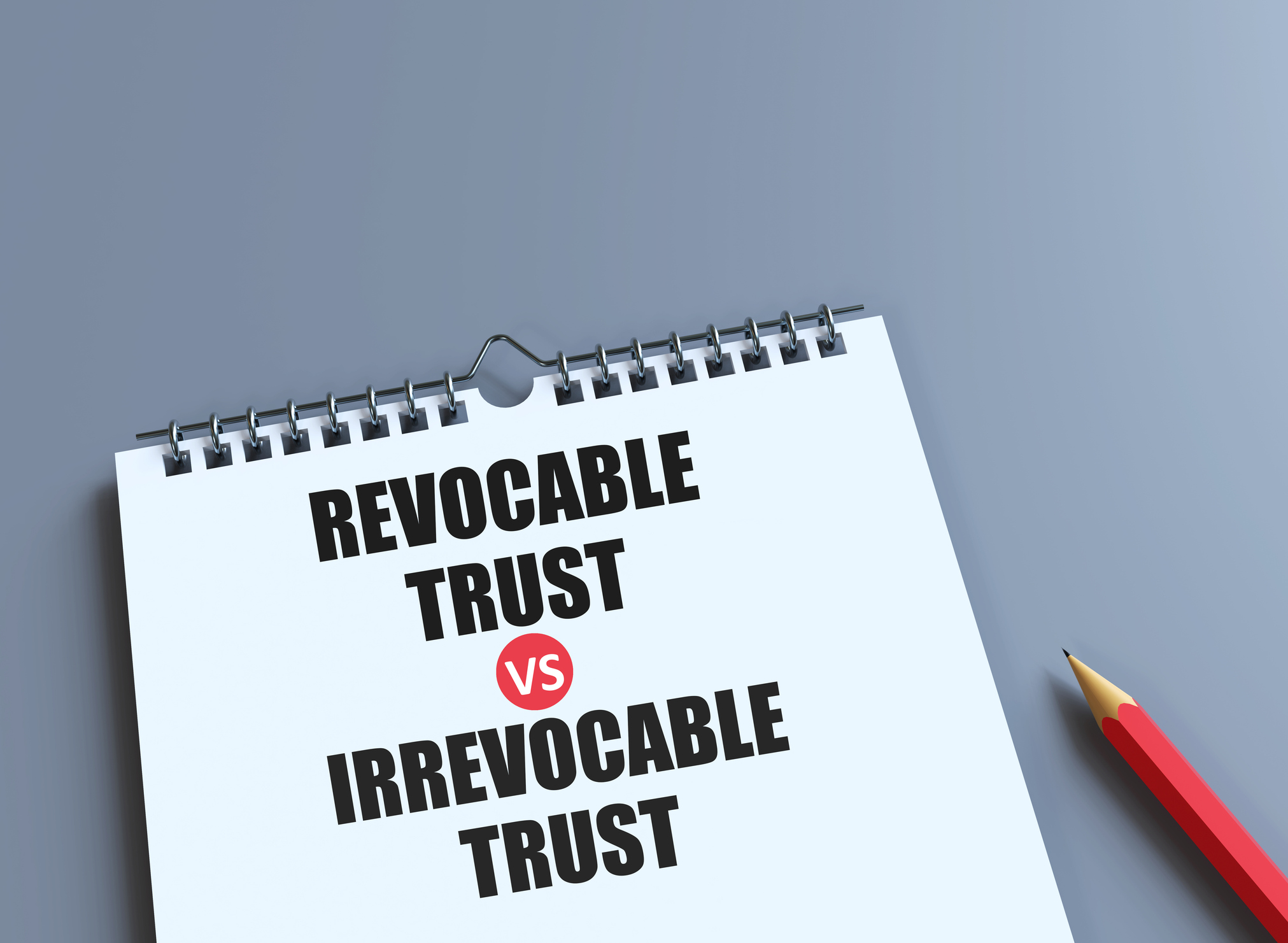Retirement Planning in the Digital Age: Maximizing Returns in a Changing Landscape
Here are some tips to help you maximize your returns in this rapidly changing world.


Technology and the rapid pace at which information now spreads have changed the world of investing forever. As a result, the traditional methods used to save for retirement don't work as well as they once did and, in some cases, they might no longer work at all.
On the other hand, the good news is that technology has also brought us some excellent digital tools that can help maximize returns on retirement savings. However, there is a bit of a learning curve with these tools, so here are some tips to help you maximize your returns in this rapidly changing digital landscape.
Information overload
One of the primary byproducts of all this technology is the wide and rapid spread of information, which has impacted every area of life. On one hand, all this information can empower us to make better, more informed decisions than ever before, but on the other, it can be too much for those who don't know how to filter out what's unimportant.
From just $107.88 $24.99 for Kiplinger Personal Finance
Become a smarter, better informed investor. Subscribe from just $107.88 $24.99, plus get up to 4 Special Issues

Sign up for Kiplinger’s Free Newsletters
Profit and prosper with the best of expert advice on investing, taxes, retirement, personal finance and more - straight to your e-mail.
Profit and prosper with the best of expert advice - straight to your e-mail.
When it comes to saving for retirement, different types of information will be most important based on what stage you are in your career or pre-retirement age and the strategies used to plan for retirement. For example, workers who use a financial adviser may be more hands-off as they plan for retirement, leaving the big decisions to their advisers. In this scenario, less is probably more, and these workers might want to restrict themselves to whatever digital tools their advisers recommend.
On the other hand, many workers don't use a financial adviser because they can't afford one or because they just prefer to have total control over their retirement savings. In this case, information overload can become a real problem without the proper filters.
For this reason, picking up to three digital tools to use and sticking with them can go a long way toward helping to maximize your returns on your retirement savings.
Making the most of available digital tools
Here are some of the most important and easy-to-use types of digital tools for anyone who wants to maximize their returns on their retirement savings.
A great place to start planning for your future is with a calculator that will tell you how much you need to save to cover your estimated annual expenses in retirement. There are plenty of these calculators available to use for free. A couple of options include Stash and Fidelity's Retirement Score.
Next, a tool that will provide an overall snapshot of everything you're doing can be helpful. For example, the Personal Capital Retirement Planner is a free tool that analyzes your spending and savings habits based on the information you enter and the accounts you link. The planner will calculate your odds of saving enough money to support your retirement goals. It also considers some important variables, like taxes, Social Security, inflation, and big-ticket purchases like a house or college tuition.
The WealthTrace Retirement Planning Software offers an even more holistic solution, albeit with a hefty price tag that might be worth it for anyone with a particularly tricky life situation.
Another tool worth considering is Betterment, which will automate your investing. Just share some information about how much you want to invest, why you're investing, and your preferred time horizon. Betterment then builds a custom portfolio from low-cost exchange-traded funds or cryptocurrencies, adjusting your holdings automatically whenever possible to reduce impacts from market volatility and keep you on track. You can also set up recurring deposits to continue building your nest egg.
Finally, workers planning their own retirement would do well to employ a robo-adviser, which is basically a digital platform that chooses investments for someone based on their savings goals, investing timeline, and other factors. Betterment is one type of robo-adviser, but there are numerous others available from virtually every reputable firm that focus on other types of investments, like individual stocks. In fact, if you have an investing or brokerage account, you may have access to a robo-adviser already.
Diversifying your retirement savings
As you put together your savings plan for retirement, finding the right digital tools for you can go a long way toward maximizing your returns on your savings. However, some bits of traditional investing advice still apply here. For example, diversification will always be in vogue.
When it comes to retirement savings, that means using more than one type of vehicle to save instead of only depending on a 401(k) or traditional IRA. Learning the differences between these types of accounts will make a huge difference as you try to maximize your savings.
Related Content
Profit and prosper with the best of Kiplinger's advice on investing, taxes, retirement, personal finance and much more. Delivered daily. Enter your email in the box and click Sign Me Up.

Jacob is the founder and CEO of ValueWalk. What started as a hobby 10 years ago turned into a well-known financial media empire focusing in particular on simplifying the opaque world of the hedge fund world. Before doing ValueWalk full time, Jacob worked as an equity analyst specializing in mid and small-cap stocks. Jacob also worked in business development for hedge funds. He lives with his wife and five children in New Jersey. Full Disclosure: Jacob only invests in broad-based ETFs and mutual funds to avoid any conflict of interest.
-
 3 Major Changes to the Charitable Deduction in 2026
3 Major Changes to the Charitable Deduction in 2026Tax Breaks About 144 million Americans may qualify for the 2026 universal charity deduction, while high earners face new IRS limits. Here's what to know.
-
 Where to Stash Cash as Yields Fall, According to Advisers
Where to Stash Cash as Yields Fall, According to AdvisersYour best options depend on how soon you'll need the money and your tolerance for risk.
-
 Control vs Protection Quiz: Which Trust Do You Need?
Control vs Protection Quiz: Which Trust Do You Need?Quiz Take this simple quiz to discover whether a revocable or irrevocable trust should be the cornerstone of your estate plan.